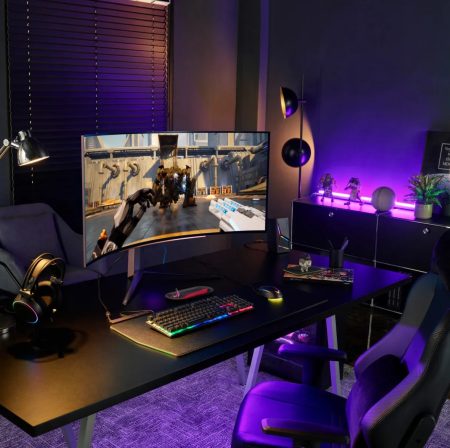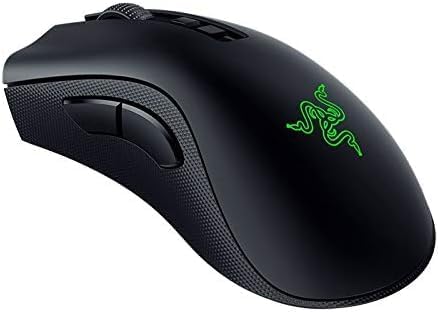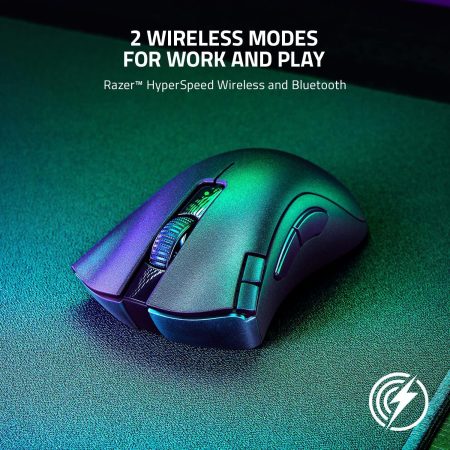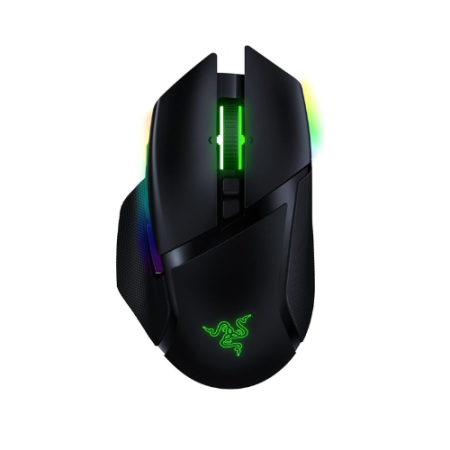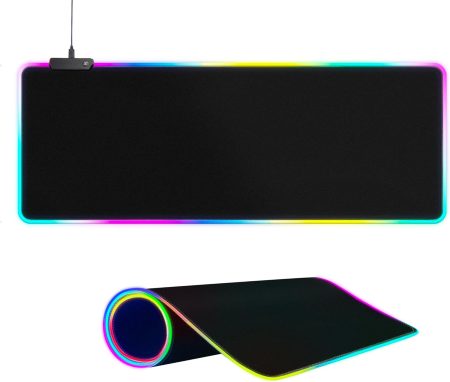Various types of cables are present in many devices. You can find a compact multi-pin socket/plug in many electronic devices, including DVD players and USB ports on the front of your desktop computer.
If you’ve hooked up the motherboard, power supply, CPU, and memory, then you need to join the cables. This step is critical since your computer may not start or work properly if you make a mistake.
However, simply following the steps outlined below will ensure that you connect your wires and cables correctly.

How to Connect Power Button to Motherboard
Below are the basic steps on how to connect the power switch to your motherboard:
• Identify the Header of the Front Panel
The power switch’s corresponding pins are located on the header’s front panel.
To find the Front Panel Header, see the motherboard’s user manual or examine the board itself.
Simply connecting the power button to the motherboard will allow the computer to power on when you press the button. There should be a two-pin connection among the dangling wires in your case; you can double-check this with the user manual if need be.
Link the cables from the power switch to the power connectors on the motherboard. These pins are usually found in the lower right corner. Also, try switching the pins around to see if it fixes the problem. However, when dealing with small flat pin connections, it might be very difficult to tell which way is up.
• Link the Wires of the Reset Switch
The reset switch plug looks like a power button, but it says RESET SW instead of Power SW if your computer case has one. This connection resets the hardware and causes a computer to reboot, allowing you to start your computer after a frustrating crash.
To connect the wires for the reset button, you must locate the appropriate switches on the motherboard. You can find the plug next to the power button. To install the plug, just push it over the two prongs. Regardless of which direction you insert this connection, it will work.
• Link the HDD and Power LEDs
When the hard drive is working, an indicator light will light up through the HDD connection on the front of the casing. The board’s connection is often labeled HDD LED. This light will let you know whether your computer is on or has malfunctioned.
Since the cables connect to an LED, they necessitate a specific command to work correctly. There should be a positive and negative symbol on the plastic plug of your cable. Similarly, the HDD jumper on the motherboard contains a positive and negative connection. Refer to the instructions in detail to ensure you’re making this link at the right time.
The Power LED wires will also have a similar connection, so you may use the same methods. Also, ensure that the positive and negative connections on this plug are facing in the same direction.
Boot Computer Without Power Switch

Have the aforementioned steps failed to get your motherboard working? Are you considering any alternative approaches?
It’s not hard to boot the motherboard up without a power switch. However, you need extra skills and knowledge to power the motherboard.
1. Use a Stand Alone Cable for a Power Switch
At one end, you’ll find the Front Header Panel, where you’ll connect the jumpers to the pins of the power switch. You’ll find a button that functions similarly to the one on a computer’s case. If you test the motherboard outside of the case, you can easily manage this problem.
2. Put the Functional Button into Use
If you connect the motherboard to a power source, you can activate the system board. To turn on the motherboard, it establishes an electrical connection between two pins. Using the same method, you can activate it even if there is no button.
3. Start the Motherboard
You can easily jump-start the motherboard with a screwdriver. It activates by linking those two pins.
Frequently Asked Questions (FAQS)
1. Where on the motherboard should I connect the cable for the power switch?
You need to connect the power connectors on the motherboard to the wires from the power switch. These fasteners are usually in the lower right corner.
2. Which cable usually connects the power supply to the motherboard?
The PC Major power connector is the cable that supplies electricity to the motherboard (usually called P1). There are 20 or 24 pins in the connector. It’s PS-ON wire duty to occupy one of those contacts, and it is usually green.
3. What motherboard cables do I require?
The local motherboard package already includes the necessary cables—an IDE cable, a floppy cable, and two SATA cables. A USB cable and bracket, and possibly a serial port cable and bracket, are also necessary.
4. What if I misplace the power button on my motherboard?
Without a power switch, you’ll need a screwdriver or other metal item to activate the motherboard. It activates by linking the two pins.
5. What should I do if my computer won’t start when I plug in the jumper cable?
If, after connecting the jumper wire to the appropriate pins, your computer still does not boot, you may try the following:
Verify that you have linked the PSU’s 24-pin ATX connector to the motherboard. Check that the power supply unit’s 8-pin CPU connector is attached to the motherboard. Verify that the PC’s power button is functioning properly.
Finally, make sure that the Power Switch Jumper cable exiting the computer casing is not broken. You may also check to see if any of the pins on the front header panel’s Power Switch are bent or broken.
Conclusion
After you’ve finished hooking everything up, you should make sure the wires are tucked away out of harm’s way. Keep the cables away from any moving parts or direct heat. You can use empty disk bays and zip ties to reorganize your computer’s internal wiring.
Finally, be careful while using a computer. To get your gadget up and running quickly, you need to know how to connect the internal wires and cords. Also, you will avoid breaking anything and guarantee that the audio connectors and indicator lights all function as they should.
Although the task of securing your computer’s cords and wires may seem onerous at first, there is no need for an alarm. Knowing what things are and how they relate to one another is just half the battle. You can benefit from your computer more efficiently with time and knowledge.









